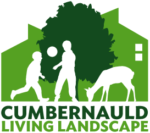Creating Natural Connections
,
What is Creating Natural Connections? Creating Natural Connections project was a four-year initiative that aimed to make the town’s woods, parks and open spaces better for wildlife and people with the support of National Lottery players. The Project aims were: To create a community network, which connected more people to nature, giving a wider range of people the capacity to…
